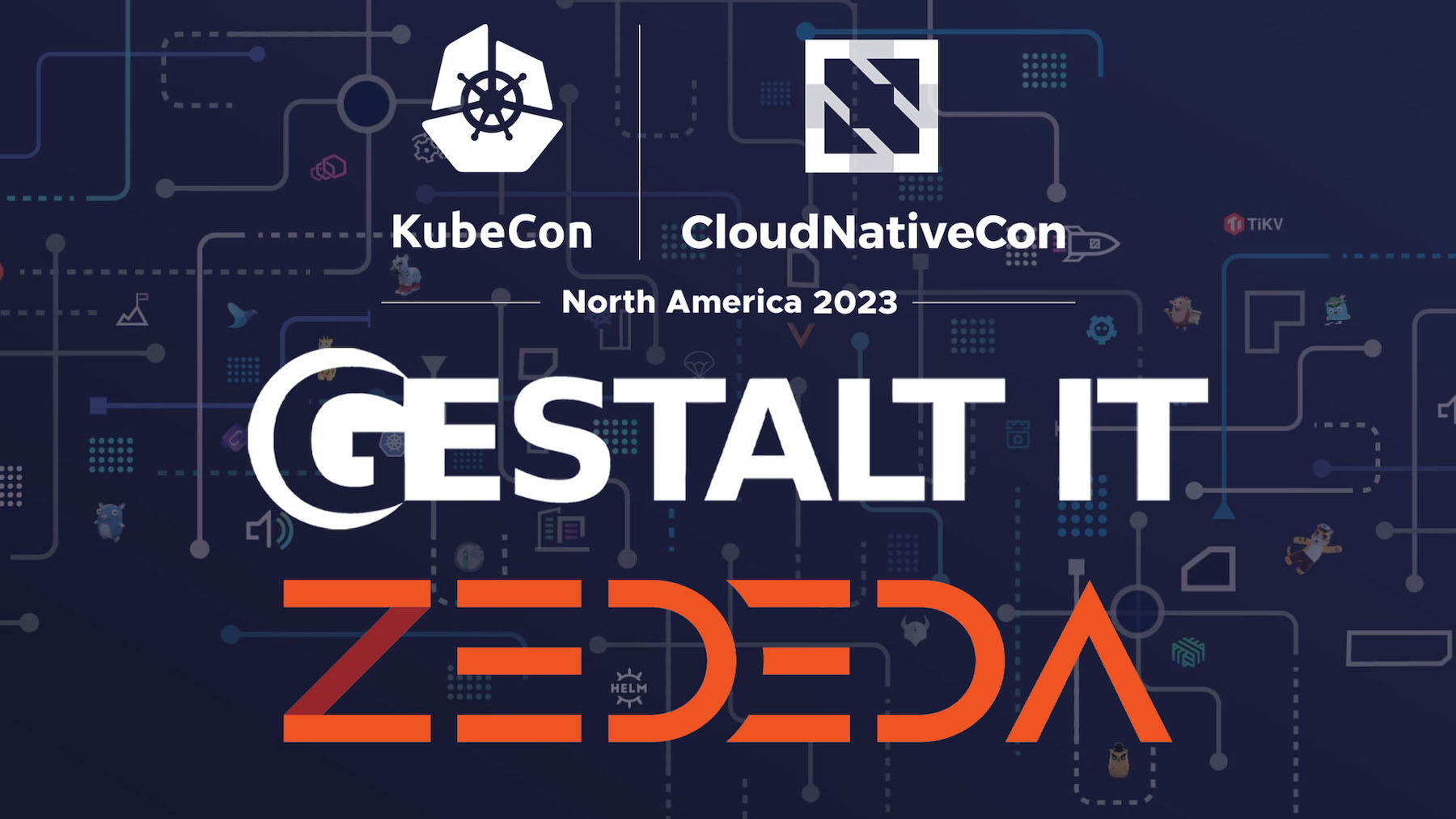The IT world by now is all too familiar with Kubernetes. Dubbed the holy grail, it is said to have solved every problem short of climate change. Does this narrative have its base in facts, or is it just a fantasy? We asked Jon Hildebrand, tech vet and Tech Field Day delegate, at the recent Cloud Field Day event in California.
Is Kubernetes a Bit Over-Hyped?
“To really boil it down, it’s a glorified orchestrator between different infrastructure stacks that has been basically taken one step further from an abstraction layer to make it easier to manage those layers and allow programmers to access them moving forward. It’s really nothing more than that,” replied Hildebrand.
But let’s back up a little. For those who haven’t tried their hand at Kubernetes but are familiar with its acclaim, here’s a quick recap. In an off itself, Kubernetes is a platform – a platform that was designed to help orchestrate and manage containerized applications in the most efficient manner. It lets you automate complex things like scaling, auto-healing, provisioning, orchestration, deployment and so on. In a very real sense, it helps enterprises sidestep the pains and problems of infrastructure management in the cloud as it were.
But Kubernetes is not the first orchestration software. Albeit the best-in-class, but certainly not a novelty. Nor was the goal ever to make it an end-all-be-all solution that people think it to be.
“Kubernetes has become a buzzword. People often struggle to understand exactly what it brings to the table and immediately think that it’s going to solve all of the problems when in fact, it’s another layer of infrastructure management, another layer of development management that they have to worry about. It’s just more worry on top of your existing systems that you have within your environment,” said Hildebrand.
But that is not to say that it doesn’t deserve the spotlight. Kubernetes has many uses and advantages. To start with, it has condensed the entire datacenter infrastructure into one system with a single API to interact with, and standardized configurations and policies across the board. That’s nothing short of phenomenal.
But one can’t not see the 800-pound gorilla in the room – Kubernetes has an extremely high adoption curve. It is why so many early adopters described their experience as trying and stressful. The technology is complex to harness and requires serious upskilling.

What It Really Solves?
For those who are unclear about what Kubernetes really does, Hildebrand laid it out in simple terms – “An abstraction layer that helps jumpstart application development.”
The intended use of Kubernetes is to simplify access to various infrastructure components. “I consider it to be a pluggable infrastructure. You have the boiled-down simplified calls that a developer would need to do to make to a storage or a network environment to make things happen, define where the data is going to be stored when it comes to these containerized applications. It is trying to simplify down access to those particular infrastructure components,” he explained.
The unnatural popularity has led many enterprises to use Kubernetes for the wrong reasons. “One of the things that I see is especially from those who are heavily invested in virtualization trying to assume that virtualization equals containerization. You can take an application and essentially change the clothes it is wearing. But that’s not necessarily how containerization and the Kubernetes systems are ultimately going to be able to successfully move that application to a cloud-native approach,” he noted.
But credit must be given where it is due. Kubernetes may disappointingly not be the silver bullet for all of IT’s problems, but it is groundbreaking in the way it has simplified application management through automation. Along the way, it has melded the worlds of infrastructure and operations giving developers a taste of infrastructure management which used to be a very niche discipline earlier.
Irrespective of the debate, Kubernetes is extremely relevant today and is at the heart of the cloud-native conversation. “Now’s the time to start learning about Kubernetes if you want to take your infrastructure career to the next level and give it a new arc. Given the direction application development is going with cloud-native components being added to applications left and right, Kubernetes is going to be where you’re going to be spending a lot of time making sure that the infrastructure is working well from that abstraction layer,” concluded Hildebrand.
Hildebrand advises professionals to look for learning guides and resources online. Google documents and paid courses, he says, are a great place to start learning about the technology.
Be sure to watch the Tech Talk with Jon Hildebrand and other interesting interviews from the Cloud Field Day event.




